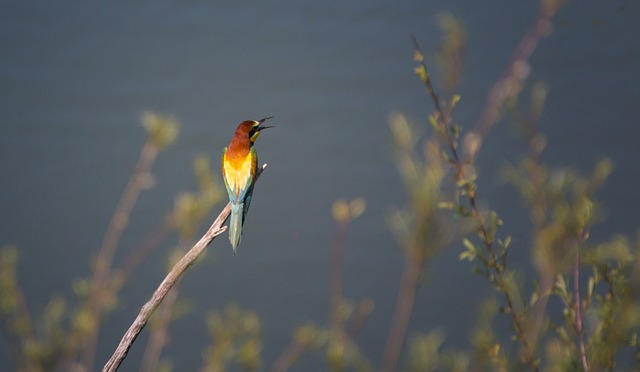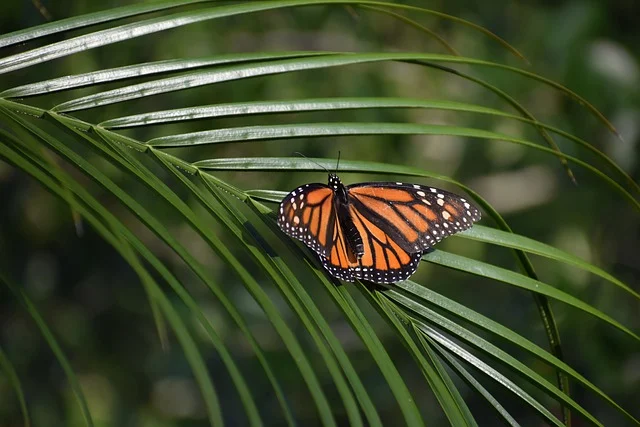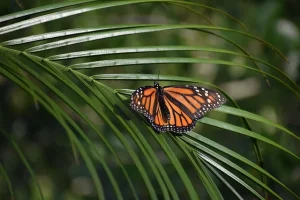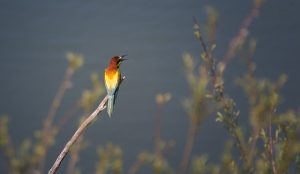In recent years, technology has revolutionized the field of wildlife conservation, offering innovative tools that enhance our ability to monitor, protect, and restore biodiversity. From drones that capture aerial imagery to camera traps that provide insights into animal behavior, and sophisticated data analysis techniques that process vast amounts of information, technology is changing the game for conservationists around the globe. This article explores the various technological advancements in wildlife conservation and how they contribute to more effective and efficient conservation efforts.
Drones: The Sky’s the Limit
Aerial Surveys and Habitat Mapping
Drones, or unmanned aerial vehicles (UAVs), are becoming increasingly popular in wildlife conservation for their ability to conduct aerial surveys and habitat mapping. Equipped with high-resolution cameras and advanced sensors, drones can capture detailed images of landscapes, allowing conservationists to assess habitat quality, identify changes in land use, and monitor the health of ecosystems.
For example, in Africa, drones are used to map wildlife habitats and track animal movements in real-time. This data is invaluable for understanding migration patterns and identifying critical habitats that need protection.
Anti-Poaching Efforts
One of the most significant applications of drones in conservation is in anti-poaching efforts. Drones can provide surveillance over vast and often inaccessible areas, helping rangers monitor wildlife populations and detect illegal activities. The ability to cover large territories quickly means that drones can be deployed to investigate reports of poaching and illegal logging, allowing for timely interventions.
In several national parks, such as the Serengeti in Tanzania, drones have been instrumental in tracking poachers and safeguarding endangered species like elephants and rhinos. Their aerial perspective allows for greater situational awareness and enhances the effectiveness of ground patrols.
Camera Traps: Capturing Wildlife Moments
Monitoring Biodiversity
Camera traps have become an essential tool for wildlife conservationists, enabling them to monitor animal populations and gather data on biodiversity without disturbing wildlife. These motion-activated cameras capture images or videos when animals pass by, providing invaluable insights into species distribution, behavior, and population dynamics.
Camera traps have been particularly useful in remote areas where traditional surveys would be challenging. For instance, researchers have deployed camera traps in the Amazon rainforest to monitor elusive species such as jaguars and ocelots. The data collected helps assess population trends and informs conservation strategies.
Citizen Science and Community Engagement
In recent years, many conservation projects have harnessed the power of citizen science through camera traps. By engaging local communities and volunteers in setting up and monitoring camera traps, conservationists can collect a wealth of data while fostering a sense of ownership and stewardship among local populations.
Platforms like iNaturalist allow users to upload images from camera traps, creating a global database of wildlife sightings that researchers can analyze. This collaborative approach not only increases data collection but also raises awareness about local wildlife and conservation issues.
Data Analysis: Turning Information into Action
Big Data and Machine Learning
As the volume of data generated by drones and camera traps grows, so does the need for effective data analysis techniques. Big data analytics and machine learning algorithms have emerged as powerful tools for processing and interpreting complex datasets in wildlife conservation.
For example, machine learning can be used to identify individual animals from camera trap images based on their unique markings. This technology allows researchers to track specific animals over time, providing insights into their behavior, movements, and health.
Additionally, data analysis can help identify patterns and correlations within large datasets, enabling conservationists to make informed decisions about resource allocation, habitat management, and species protection.
Predictive Analytics for Conservation Planning
Predictive analytics is another powerful tool that can enhance wildlife conservation efforts. By using historical data and modeling techniques, conservationists can forecast future trends, such as habitat loss, species population dynamics, and the potential impacts of climate change.
For instance, predictive models can help identify areas at risk of habitat degradation, enabling proactive conservation measures. By prioritizing interventions in these high-risk areas, conservationists can maximize their impact and allocate resources more effectively.
Real-World Applications
Case Study: The Wildbook Project
The Wildbook Project is an innovative initiative that combines camera trap technology, artificial intelligence, and citizen science to monitor wildlife populations. By utilizing machine learning algorithms, the project can identify individual animals from photographs and track their movements over time.
This project has been particularly successful in monitoring species such as whales, giraffes, and sharks. By engaging the public in data collection and analysis, the Wildbook Project not only gathers vital information but also raises awareness about conservation issues and fosters a global community of wildlife enthusiasts.
Case Study: The Conservation Drones Initiative
The Conservation Drones initiative is another remarkable example of how technology is being utilized in wildlife conservation. By employing drones equipped with high-resolution cameras and thermal imaging, conservationists can monitor endangered species, assess habitat conditions, and track poaching activities.
This initiative has been successfully implemented in various regions, including the African savannahs and tropical rainforests. The use of drones has provided crucial data on wildlife populations and has significantly enhanced anti-poaching efforts, ultimately contributing to the protection of vulnerable species.
Challenges and Ethical Considerations
While the use of technology in wildlife conservation offers numerous benefits, it is essential to acknowledge the challenges and ethical considerations associated with these advancements.
Data Privacy and Surveillance
The deployment of drones and camera traps raises concerns about privacy and surveillance, particularly in areas inhabited by local communities. It is crucial for conservationists to engage with local populations and ensure transparency about how data will be used and the potential implications for their privacy.
Resource Limitations
Implementing high-tech solutions in wildlife conservation can be resource-intensive, requiring significant funding, training, and infrastructure. Not all conservation projects may have access to the necessary resources to adopt these technologies, which can lead to disparities in conservation efforts across regions.
Conclusion
The integration of technology into wildlife conservation has opened up new avenues for monitoring, protecting, and restoring biodiversity. Drones, camera traps, and advanced data analysis techniques are revolutionizing the way conservationists approach their work, providing valuable insights and enhancing the effectiveness of conservation efforts.
As we face increasing threats to wildlife from habitat loss, climate change, and poaching, leveraging technology will be crucial in our quest to protect the planet’s biodiversity. By embracing innovative solutions and fostering collaboration between scientists, local communities, and technologists, we can ensure a more sustainable future for wildlife and the ecosystems they inhabit.
As technology continues to evolve, the potential for new applications in conservation will only grow. The key to successful wildlife conservation lies not just in the tools we use, but in our commitment to integrating these tools into holistic, community-based conservation strategies that prioritize both wildlife and human well-being.






